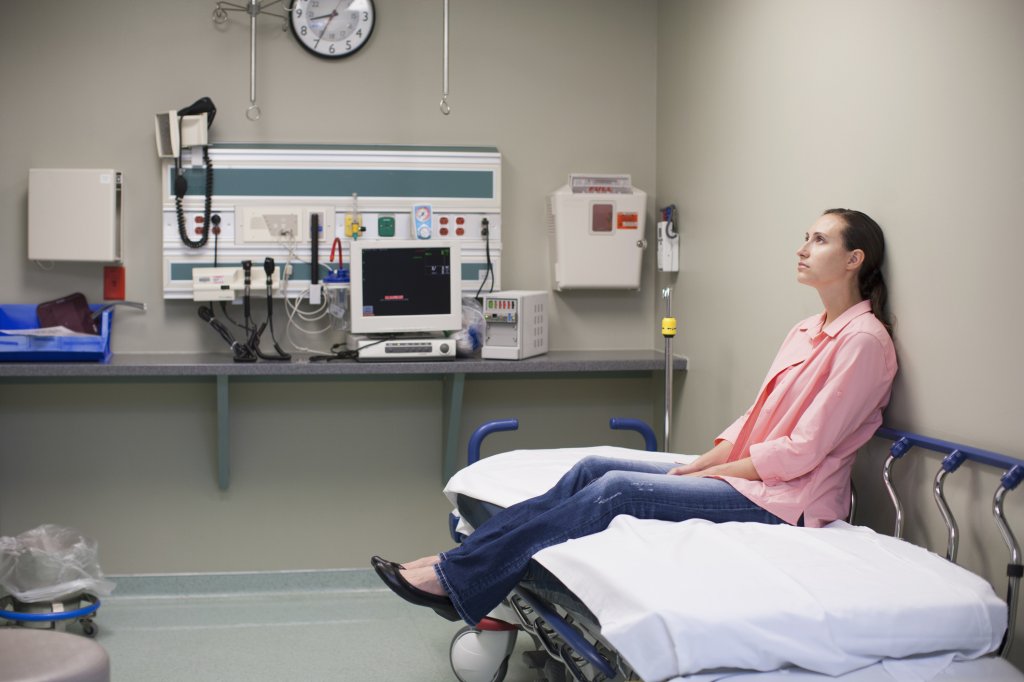A catalyst for change. That is what the Government’s forthcoming Women’s Health Strategy promises to be. But as we sit and wait for the (delayed) Strategy to be published, I cannot help but reflect on the sheer scale of the task at hand, and how this change needs to be achieved.
You need only to glance at the Government’s Vision for Women’s Health, published last December, to understand the case for change. The Government received over 100,000 responses to its Call for Evidence last year, all of which gave us an amazing but also shocking insight into the experiences of women across the country.
The overwhelming conclusion from the responses is that women do not feel listened to when it comes to their health, with 84% of women reporting instances in which they have felt not listened to by a healthcare professional. One example of this is women being prescribed antidepressants instead of HRT when presenting with symptoms of the menopause, or being told they’re too young to be perimenopausal. One survey found this was happening in up to two thirds of women going to their GP with menopause symptoms.
Menopause is one of six priority areas focused on in the Government’s Vision for Women’s Health. Others include menstrual health and gynaecological conditions; fertility, pregnancy, pregnancy loss and post-natal support; healthy ageing and long-term conditions; mental health and impacts of violence against women and girls. As well as these priority areas, women’s health needs to be considered through a variety of lenses.
Not only do women from various ethnicities, geographies and socio-economic groups have distinct experiences of care, they also experience differences in outcomes. For example, black women are four times more likely to die during childbirth than white women and are more likely to experience the menopause for longer and with more symptoms. Though this can be attributed to both environmental and genetic factors, it does mean that special considerations must be taken when designing and delivering women’s healthcare.
YOU CANNOT TRULY LEVEL UP THIS COUNTRY WITHOUT FOCUSING ON THE HEALTH OF 51% OF THE POPULATION. WOMEN’S HEALTH IS NOT JUST A WOMEN’S ISSUE.
This Government has placed a particular emphasis on the need to ‘level up’, with it being a key slogan and manifesto commitment. Women’s health is no different. With such an importance placed on both these agendas, broader government commitments such as the health disparities white paper need to consider how they support these two distinct but complementary goals of tackling women’s health issues and levelling up. You cannot truly level up this country without focusing on the health of 51% of the population. Women’s health is not just a women’s issue.
The Vision commits to prioritising care on the basis of clinical need, not gender. While this is valid, we need to go further than this – it is not just about the care options that women are being presented with, but how and where this care is being offered. Respondents to the Government’s Call for Evidence talked about the importance of women accessing care in ways convenient to them, whether that be specialist care for a specific issue, or the regular delivery of services, such as sexual or reproductive health.
With the movement towards more localised and place-based care, cemented by the passage of the Health and Care Act, the Women’s Health Strategy cannot just provide a top-down approach to tackling women’s health challenges. The Strategy needs to provide detailed direction for local systems to address women’s health needs, with clear lines of accountability, regular reporting and adequate funding. The Strategy should also provide a framework for systems to educate and empower women to take ownership of their care and demand the services they require. The UK has an exciting opportunity to take a lifecourse approach to women’s health and genuinely transform the way women experience care and interact with the health system. Without seizing this opportunity, women’s health will once again fall to the bottom of the list.







